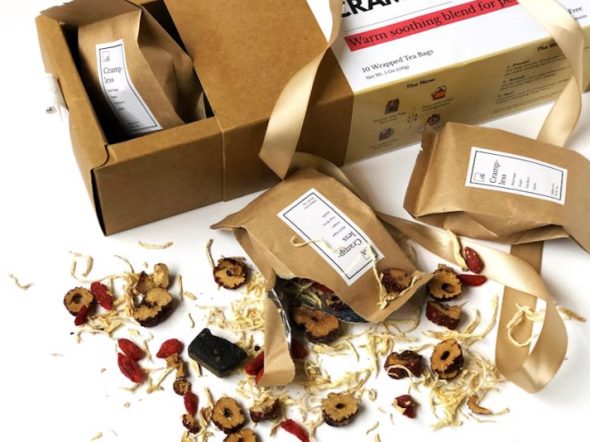Food packaging plays a vital role in the modern food industry. It goes beyond merely containing and protecting food; it serves as a gateway to communicate brand identity, ensure product safety, and enhance the consumer experience.
In this article, we will delve into food packaging, exploring its various aspects and shedding light on its importance and impact.
The Role of Food Packaging
Food packaging serves multiple purposes, with its primary goal being to ensure food safety and maintain product quality. It acts as a protective barrier against physical, chemical, and biological contaminants, preventing spoilage and contamination.
Additionally, food packaging helps to extend shelf life, preserve freshness, and retain nutritional value. It also provides convenience for consumers, facilitating easy storage, transportation, and portion control.
Types of Food Packaging
Food packaging encompasses a wide range of materials, shapes, and forms to accommodate different types of food products. It can be broadly categorized into primary and secondary packaging, each serving distinct purposes in the packaging hierarchy.
Primary Packaging
Primary packaging refers to the immediate layer of packaging that comes into direct contact with the food. It is designed to protect the product and preserve its quality. Some common examples of primary packaging include:
- Bottles: Used for liquids such as beverages, oils, sauces, and condiments.
- Cans: Popular for canned fruits, vegetables, soups, and other processed foods.
- Jars: Suitable for preserving jams, pickles, spreads, and sauces.
- Pouches: Versatile and lightweight, often used for snacks, grains, and powdered products.
- Flexible Packaging: Made from materials like plastic films, this packaging is flexible and adaptable to various food products.
- Clamshells: Commonly used for packaging fresh produce, salads, and ready-to-eat meals.
- Trays: Typically used for meat, poultry, and seafood products.
Primary packaging is designed to ensure product freshness, prevent contamination, and provide convenience for consumers. It often incorporates features such as resealable closures, portion control, and tamper-evident seals to enhance usability and safety.
Secondary Packaging
Secondary packaging refers to the outer packaging that surrounds and protects primary packaging. It serves multiple functions, including transportation, storage, and branding. Some examples of secondary packaging include:
- Cartons: Sturdy boxes used for bulk packaging of food products.
- Boxes: Commonly used for cereals, snacks, and frozen foods, providing additional protection during transit.
- Shrink Wrap: Transparent plastic film that tightly wraps and secures grouped products, enhancing stability and visual appeal.
- Lamination Film: Lamination film provides an additional barrier against moisture, dirt, and physical damage, and can also enhance the visual appeal of the packaging through gloss or matte finishes.
- Labels: Essential for providing product information, branding, and regulatory compliance.
- Branding Elements: This includes tags, stickers, or sleeves that carry the brand logo, product information, or promotional messages.
Innovations in Food Packaging
The field of food packaging is constantly evolving, driven by advancements in technology and changing consumer preferences. One notable trend is the rise of sustainable packaging solutions. Manufacturers are increasingly adopting biodegradable and compostable materials, as well as recyclable packaging options. Minimalist and lightweight designs are gaining popularity to reduce waste and environmental impact.
Smart packaging technologies are also revolutionizing the industry. Active and intelligent packaging systems incorporate functionalities such as oxygen scavenging, moisture control, and temperature monitoring to enhance food preservation and safety. Interactive and informative packaging, such as QR codes and augmented reality, provide consumers with valuable product information, recipes, and engaging experiences.
Design and Marketing Considerations
Packaging aesthetics and visual appeal are critical in capturing consumer attention and influencing purchase decisions. Effective branding and product differentiation through packaging design can create a strong brand identity and forge an emotional connection with consumers. Packaging also serves as a storytelling platform, conveying the product's origin, ingredients, and values.
Food Packaging Regulations and Safety Standards
Strict regulations and safety standards govern the production and labeling of food packaging. International and regional authorities enforce guidelines to ensure packaging materials and additives are safe for food contact. Proper labeling is crucial to provide allergen information, nutritional facts, and product identification. Compliance with these regulations is essential for maintaining consumer trust and ensuring product integrity.
Future Trends in Food Packaging
The future of food packaging holds exciting possibilities. Advancements in sustainable materials and technologies will continue to shape the industry. Biodegradable packaging made from renewable resources, as well as innovative packaging materials derived from agricultural waste, are gaining traction. Personalization and customization of packaging, including personalized messages and designs, will cater to individual consumer preferences. Integration of digital technologies, such as smart sensors and interactive packaging, will further enhance consumer engagement and product transparency.
Conclusion
Food packaging is an essential component of the modern food industry, extending beyond its functional purpose to encompass safety, convenience, branding, and sustainability. As consumer demands and industry trends evolve, so does the world of food packaging. By exploring innovative materials, technologies, and design strategies, we can unlock new possibilities in enhancing food packaging's role and impact. Embracing these advancements will not only benefit businesses but also contribute to a more sustainable and enjoyable food experience for consumers.
